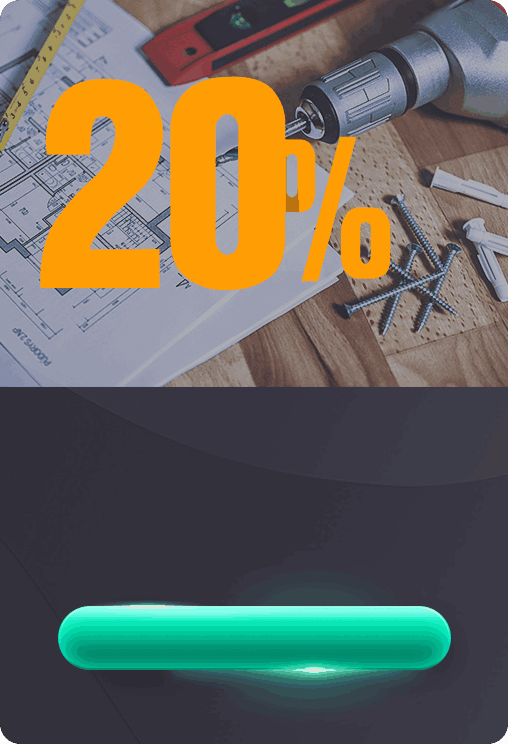Showing all 2 results
Home » 50W LED Spotlights


the highest discount up to 25%
If you are a professional or want to work with us for a long time, please quickly register the account belonging to your identity after successfully registering and logging into your account to enjoy the exclusive identity price (the highest discount up to 25%)
Large stocks in Italian warehouses
Our products have passed EU certification standards

Ceiling Spotlights, Commercial Spotlight, 50W LED Spotlights, 50W LED Track Lights, Bar Track Lighting, Basement Lighting, Ceiling Track Lighting, Church Lighting, Commercial Track Lighting, Gallery Lighting, Gallery Track Lighting, Garage Lighting, Garage Track Lighting, Hallway Track Lighting, High CRI Led Track Lights, Hospital Lighting, Hotel Lighting, Indoor Spotlight, Industrial Lighting, Industrial Track Lighting, Jewelry Lighting, Kitchen Lighting, Kitchen Track Lighting, LED Shop Lights, Modern Track Lighting, Office Lighting, Showroom Lighting, Track Lights
SKU:
T0401N
SKU:
C_SLJG20050
When choosing between SMD and COB LED technology for 50W spotlights, there are several factors to consider. SMD technology is a common LED technology that offers high brightness and energy efficiency. It is ideal for applications where a wide beam angle is required. COB technology, on the other hand, offers high brightness and uniform light output. It is ideal for applications where a narrow beam angle is required, such as accent lighting.
Other factors to consider when choosing between SMD and COB LED technology include color rendering index (CRI), color temperature, and the size and shape of the space. SMD technology is known for its high CRI and is available in a range of color temperatures. COB technology is also available in a range of color temperatures but may not have as high a CRI as SMD technology. The size and shape of the space will also affect the choice of LED technology, as different technologies may be better suited for different types of spaces.
Explain the differences between spotlights
Spotlights are lighting fixtures designed to produce a concentrated and focused beam of light in a specific direction. There are several types of spotlights, each with its own characteristics and applications. Here are some common types of spotlights and their differences:
Incandescent Spotlights: These spotlights use traditional incandescent bulbs, which produce light by heating a filament. They are known for their warm light and are often used in residential settings or for decorative purposes. However, they are less energy-efficient and have a shorter lifespan compared to other types.
Halogen Spotlights: Halogen spotlights use halogen bulbs that produce a bright and intense light. They are commonly used in commercial and outdoor settings where high levels of illumination are required. Halogen spotlights provide a crisp and clear light output but are also less energy-efficient and generate more heat.
LED Spotlights: LED spotlights utilize light-emitting diodes (LEDs) as the light source. They are highly energy-efficient, long-lasting, and produce minimal heat. LED spotlights offer a wide range of color options, excellent color rendering, and can be dimmable. They are commonly used in various settings, including residential, commercial, and outdoor applications.
CFL Spotlights: Compact fluorescent lamp (CFL) spotlights use fluorescent technology to produce light. They are more energy-efficient than incandescent spotlights but less efficient than LED spotlights. CFL spotlights take a short warm-up time to reach full brightness and are available in different color temperatures.
Adjustable Spotlights: Some spotlights feature adjustable heads or swivel mechanisms, allowing you to change the direction and angle of the light beam. This flexibility enables you to highlight specific objects or areas as needed.
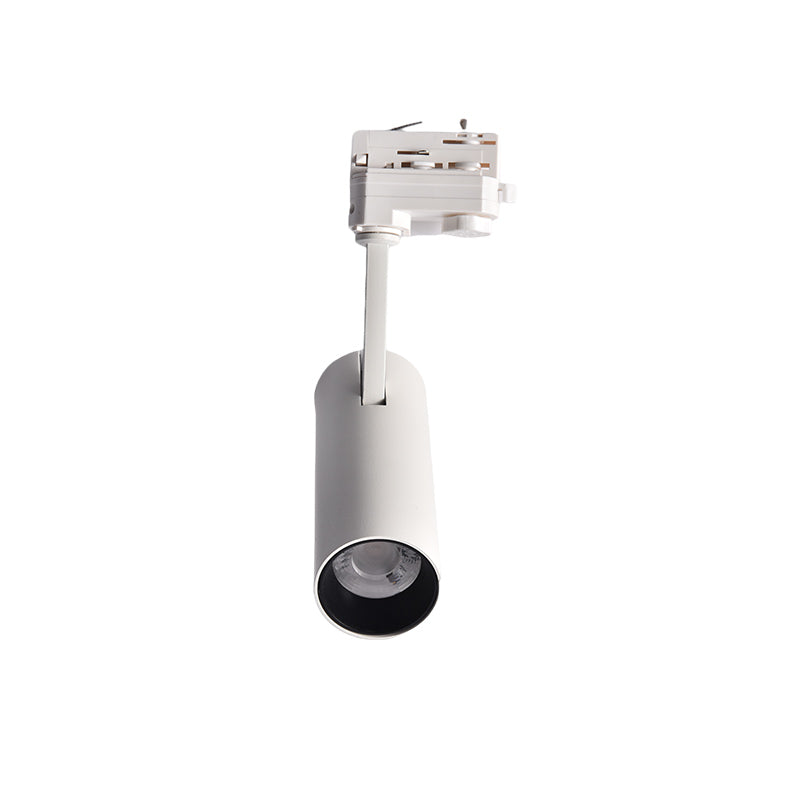
When choosing a spotlight, consider factors such as energy efficiency, lifespan, light output, color temperature, dimmability, and the specific lighting requirements of your application. LED spotlights, in particular, have gained popularity due to their high efficiency, durability, and versatility in meeting various lighting needs.
Recessed and Surface Mounted Installation for 50W LED Spotlights
When it comes to installing 50W spotlights, there are two main options: recessed and surface mounted installation. Recessed installation involves placing the spotlight within a hole in the ceiling or wall, while surface mounted installation involves attaching the spotlight directly onto the surface of the ceiling or wall.
Recessed installation is often preferred for its clean and seamless look, as the spotlight is hidden within the ceiling or wall. This type of installation is best suited for new construction or renovation projects, as it requires cutting a hole in the ceiling or wall. Recessed installation is also ideal for creating a specific lighting effect, such as highlighting artwork or architectural features.
Surface mounted installation, on the other hand, is ideal for spaces where recessed installation is not possible, such as concrete ceilings or walls. This type of installation is also easier and less expensive to install, as it does not require cutting a hole in the ceiling or wall. Surface mounted installation is best suited for general lighting applications, such as in a hallway or bathroom.
How to Determine the Appropriate Beam Angle for 50W LED Spotlights in a Specific Space
The beam angle of a 50W LED spotlight refers to the angle at which the light is emitted from the spotlight. It is an important factor to consider when determining the appropriate lighting for a specific space, as it can affect the mood and atmosphere of the space.
To determine the appropriate beam angle for a 50W LED spotlight in a specific space, it is important to consider the height of the ceiling and the size and shape of the space. A narrow beam angle is ideal for accent lighting, such as highlighting artwork or architectural features, while a wider beam angle is ideal for general lighting, such as in a hallway or bathroom.
It is also important to consider the desired lighting effect when choosing the appropriate beam angle. A narrow beam angle can create a dramatic lighting effect, while a wider beam angle can create a more subtle lighting effect. It is important to consult with a lighting professional to determine the best beam angle for the specific lighting needs of the space.
In addition to the beam angle, it is also important to consider the color temperature and CRI of the indoor spotlight, as these factors can affect the mood and atmosphere of the space. A high CRI and a warm color temperature are ideal for creating a cozy and inviting atmosphere, while a cooler color temperature and a lower CRI are ideal for creating a more modern and industrial atmosphere.So, How Do LED Spotlights Work?


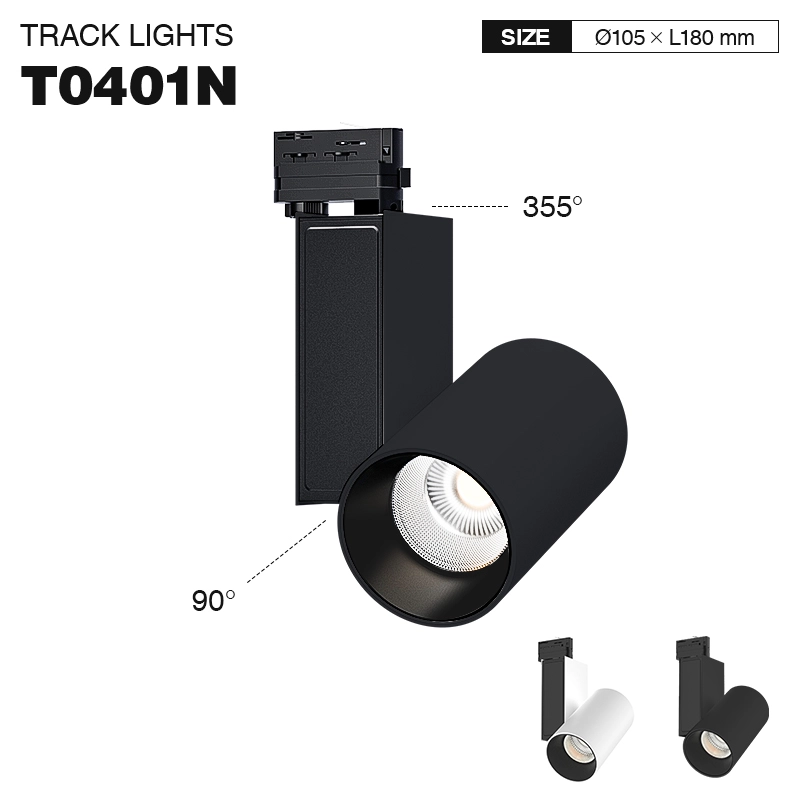
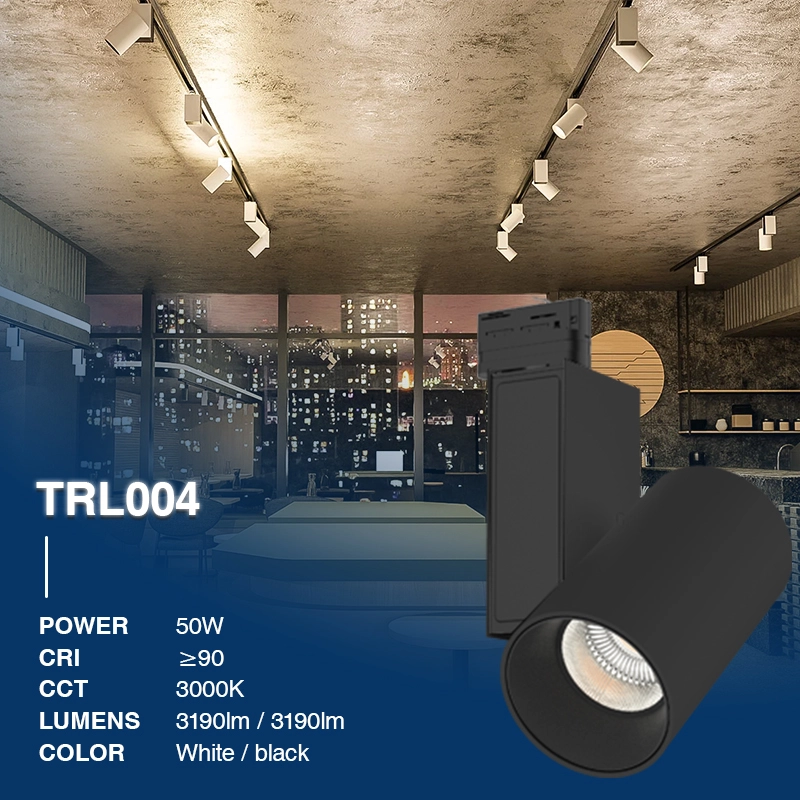
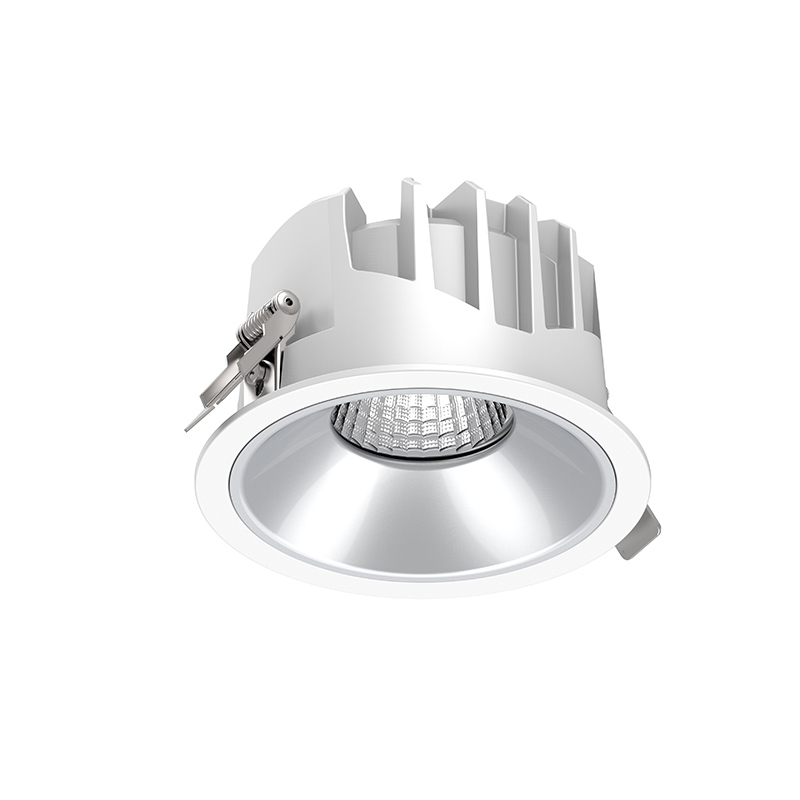
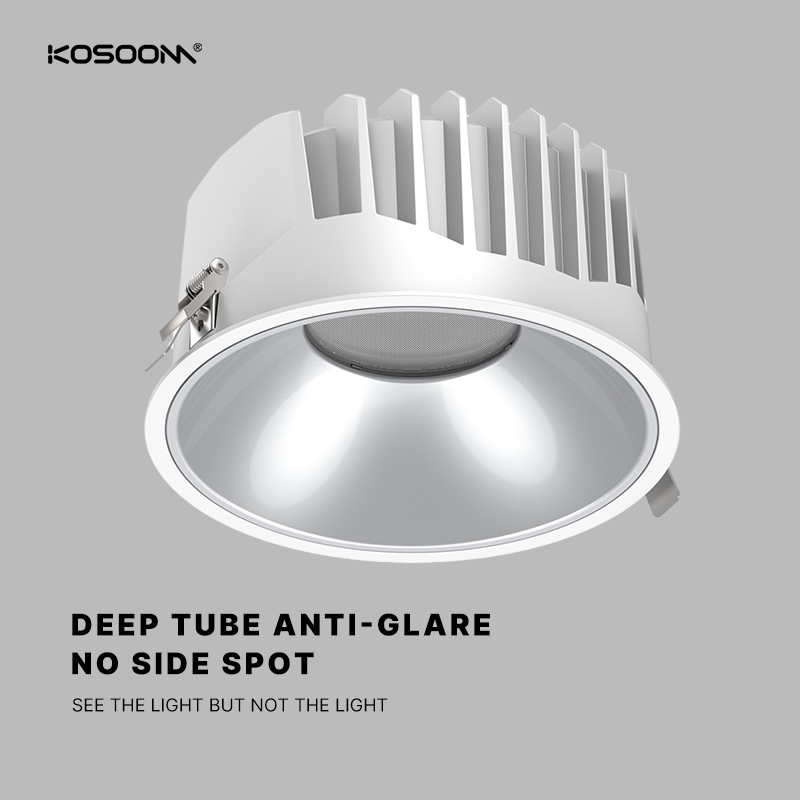







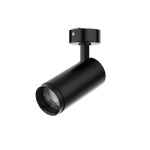 Ceiling Spotlights
Ceiling Spotlights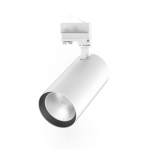 Indoor Spotlight
Indoor Spotlight Recessed Spotlights
Recessed Spotlights
